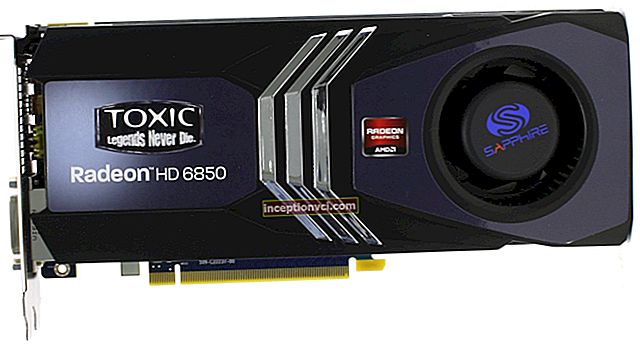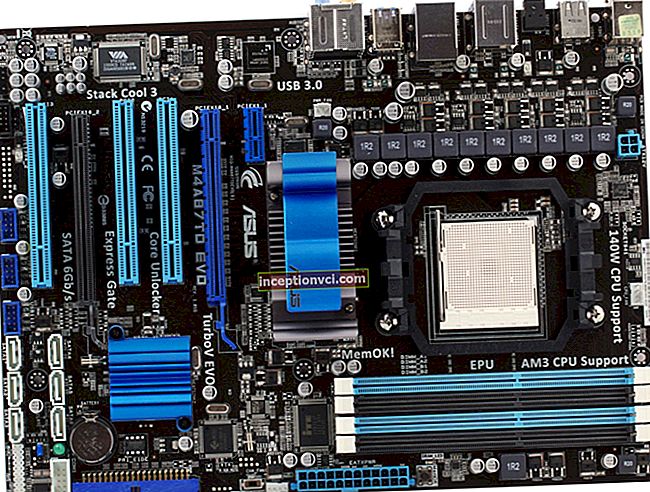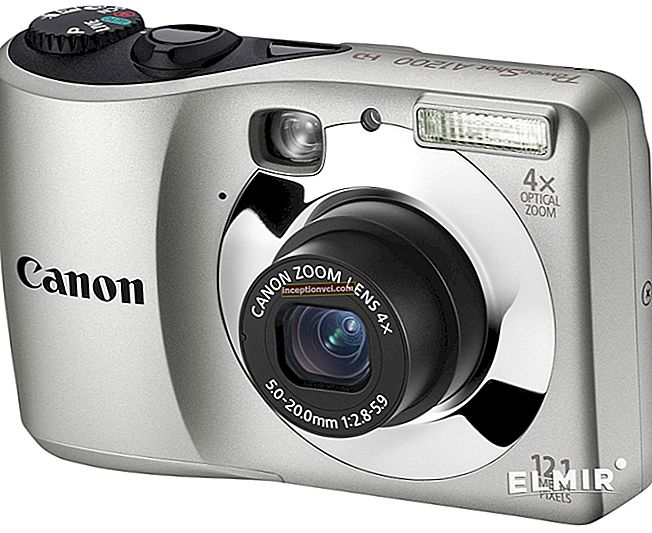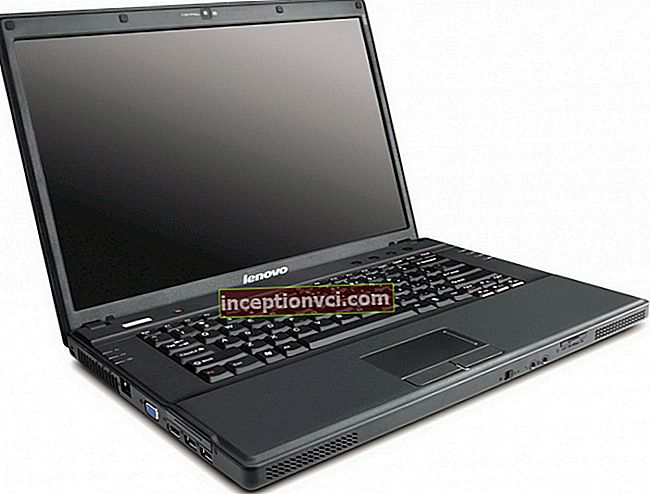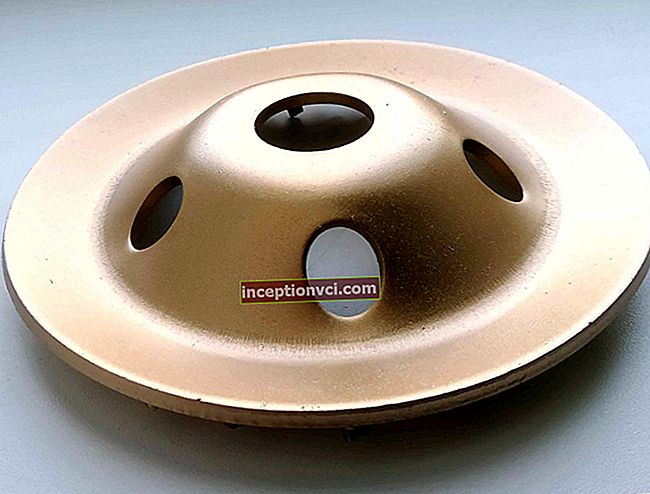I think everyone remembers the dizzying success of the now outdated platform based on Intel LGA775. Its main distinguishing features were its mass character and availability, which, ultimately, made it possible to firmly anchor Intel's products in the processor market. The platforms that came out after - LGA1156 and LGA1366, did not enter the fight for the budget price segment. But with the arrival of the LGA1155 platform, the situation is gradually changing. On September 4, Intel developers presented new processors to the public that belong to the budget segment. Among these new products were also presented some "reincarnated" processors of the Celeron family. The main task of which is to win the sympathy of new buyers with little financial capabilities. All new items can be described as stones aimed at performing office and non-complex multimedia tasks. The subject of today's review is a new "exclusive" single-core model Celeron G440 clock frequency, which is 1.6GHz and has 1MB of cache memory.
Appearance and packaging
Unlike Celeron G530, which was presented last time, this processor is presented in a boxed version, which you will naturally come across on store shelves.

As you can see, the appearance and dimensions of the packaging have not changed, unless, of course, we compare it with other products from the company. The color scheme is very close to the color scheme that is typical for the entire Intel Pentium family based on SB. In principle, this is not surprising, since it is more logical to decide to preserve the "continuity" of the design for even greater recognition of the Intel product. The only difference can be found in specifying the family and model of the processor itself.

The reverse side has primitive information about the packaging of the goods, and the developers also draw the attention of the buyer to the fact that it is advisable to first consult about the compatibility of this stone with the intended motherboard. The maximum amount of detailed information can be gleaned from the white sticker, which is located on the right side wall of the package. It shows the processor model, in our case (G 440), clock frequency (1.60 GHz), cache memory (1MB), processor socket (LGA1155), processor TDP (35W), serial number and product code.

The upper part of the side cover features a traditional transparent window through which you can verify the fit of the included processor.

Despite the fact that the price of the CPU on sale fluctuates in the range of 43-50 dollars, the processor packagedoes not fundamentally change, because this is the very minimum that is required to build the system. The Intel Celeron G440 CPU kit contains: a cooling system; instructions for installing the processor, which also contains information about all warranty obligations and a proprietary sticker for the PC case.


The cooling system E97379-001 created by NIDEC, which is supplied with the processor, is no different from other solutions supplied even with more expensive "stones". The main elements of the system are: a radiator, in which branching aluminum fins radiate out from the central aluminum heat-remover, and a small fan, the blades of which have a sufficiently large angle of attack. The performance of this cooler will be absolutely sufficient to ensure and maintain a normal temperature regime of the stone when performing any tasks, and it works almost without noise. The heat distribution cover of the stone also indicates: model (Intel Celeron G 440), clock frequency (1.6 GHz), marking (SR0BY) and country of origin (Malaysia). The back side of the processor is completely identical to all other CPUs based on the Sandy Bridge architecture.
Specification


All processor specifications are validated by the CPU-Z Processor Checker. This is Intel Celeron G440, which is made according to the 32nm process technology, and at the time of taking the readings, it worked at a frequency of 1605.3 MHz, like all Sandy Bridges. The voltage during operation on the core was 0.976V.

The processor cache is allocated in the following way: 64KB, the first level cache is equally divided into instruction and data caching; second level - 256KB; the L3 cache is the main memory for the entire processor, and its volume is 1MB. Note that one of the distinguishing features from the Pentium family is eight association lines for memory of any level, while the older families are characterized by the same eight association lines for the first and second levels and 12 association lines for the third level memory. Such differences can primarily affect performance, and not for the better.
The DDR3 RAM controller works in dual channel mode, which is not so bad, but it can support RAM no faster than DDR3-1066.
Testing
Graphics card performance:




According to the final results of the tests, we see that the considered stone Intel Celeron G440 is significantly inferior in performance to the older model Intel Celeron G530, as much as more than 60%. This large difference in performance is primarily due to the presence of one active processor core. Of course, the lower frequency of operation of the stone itself and a smaller amount of cache memory of the 3rd level affect, however, the work of only one core still has the most significant effect. A striking example of such "excessive" processor cut-off is its performance comparison with Intel Celeron E3400, which has an outdated architecture. But, in spite of its so-called "antiquity", it wins the G440 in productivity of about thirty percent, which, you must agree, is very significant. As for AMD with its Athlon II X2 220 processor, the capabilities of the system with the processor will be much wider than with the new Intel Celeron G440, in spite of its belonging to an outdated architecture. Differences in the cost of the systems will not exceed $ 10-15. So, we can conclude that when choosing a processor, it will be advisable to pay attention to Intel Celeron G 530 processors or competitors in the face of Athlon II X2 220. After all, their performance will be more than enough to perform a wider range of tasks, unlike the Celeron G440 stone , which will only allow you to perform exclusively office, as well as not too demanding multimedia tasks.
As for the graphics core, its performance is limited by the capabilities of the stone itself. Of course, its reduction is not as significant as in the case of the computational capabilities of the kernel, but the range of tasks to be solved is significantly reduced to supporting the operation of the system and some running applications. Such performance of the built-in "GPU" is more typical for netbooks than for a stationary personal computer.
Acceleration I G440
Due to the very low performance of the tested processor, we tried to squeeze everything out of it by overclocking. The technique is well known to all of you from overclocking other processors from Intel based on the new Sandy Bridge architecture.

Due to, let's say, "games" with the generator frequency, we were able to raise the clock frequency of the Intel Celeron G 440 processor to the level of 1680 MHz, while the voltage was 0.984V.
And changing the frequencies of the RAM allowed to achieve a slight increase in performance in general. You can see the results of changes from the performed data manipulations in the table below. 

The productivity gain averaged 11%. The most sensitive to our actions turned out to be many game tests and archivers, the increase in overall performance in which exceeded the twenty percent mark. In all other tests, the increase in processor performance ranged from only 5-8%.Of course, it is difficult to say that our overclocking has radically changed the impression of the capabilities of this CPU, but such an increase in performance may become tangible for the buyer.

Based on the final results of all measurements of the total power consumption of a PC, you can see that in the boot state this new Celeron G440 consumes 10 -20 W less than its closest relative in the family, namely the Intel Celeron G530. The greatest number of questions comes when considering the amount of energy consumption in idle mode. According to this indicator, the difference is about 7W, which naturally characterizes the stone not from the best side. The situation is further complicated by the fact that the clock speed of the Intel Celeron G 440 is at the lowest possible level, since multipliers below x-16 are not supported by the Sandy Bridge microarchitecture itself. This implies support for Enhanced Intel Speedstep technology, which actually explains this level of power consumption in idle mode. Consequently, the rather attractive price of the Intel Celeron G 440 processor is overshadowed not only by the low performance, but also by the somewhat overestimated level of power consumption in idle mode.
conclusions
Based on the results of processor testing Intel Celeron G440 we can see that at a low enough price there is a big enough performance loss that makes it look like an Intel Atom. It is difficult to perceive it as a full-fledged representative of the CPU for desktop computers; it will rather look great as the "heart" of a fairly productive nettop. A considerable level of performance of the graphics core, of course, does not compensate for the main loss of computing power compared to the Intel Celeron G 530, but the presence of the LGA1155 socket can push the buyer to buy this processor as an inexpensive CPU with a subsequent upgrade after a while, if there is enough money ... Other features such as the lack of Enhanced Intel SpeedStep technology, which results in low idle power consumption, although the power consumption under the same load is quite low. If you need a universal and inexpensive stone that is suitable for processing a relatively wide range of tasks, you should pay attention to the dual-core Intel Celeron G 5XX or more "advanced" Intel Pentium GXXX models. CPU same Intel Celeron G 440 suitable only for performing some tasks, such as office plan applications, web surfing, as well as processing not too "heavy" multimedia.

